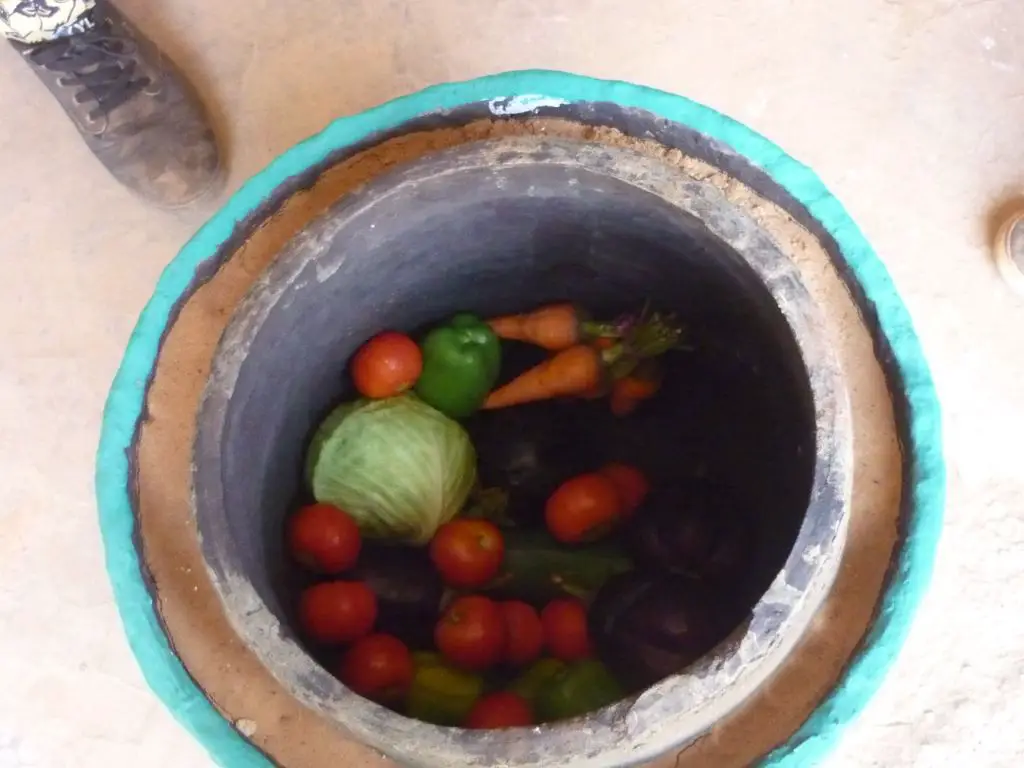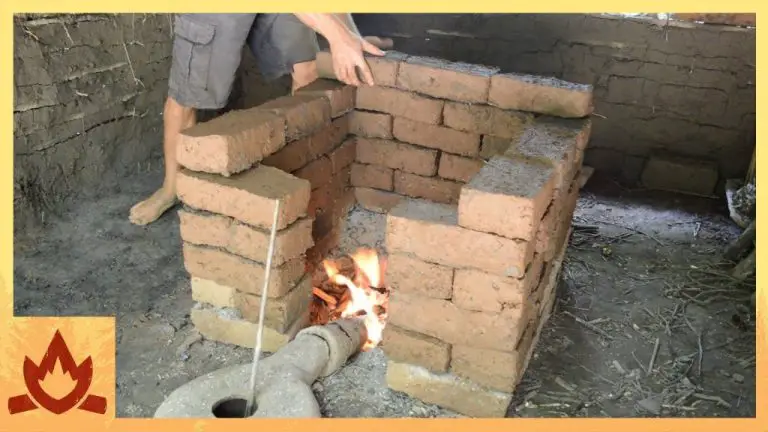What Is The Significance Of Clay Water Pot?
Definition of clay water pot
A clay water pot refers to a pottery vessel made from clay that is used for storing and cooling water. Clay pots have been used for thousands of years across many cultures for holding water and keeping it cool, especially in hot climates. The porous nature of terra cotta clay allows evaporation to cool the contents inside. Clay is an excellent material as it’s inert, non-toxic, and naturally antibacterial.
Clay water pots are traditionally handmade from natural clay, shaped into a round pot form, and fired at high temperatures to harden and strengthen the clay. The firing process creates the characteristic red-orange color of terra cotta clay. Modern clay water pots use a similar process but are often mass-produced using molds. The most basic design is rounded with a wide mouth opening, handles on sides, and a narrower base. More decorative designs incorporate etched patterns, painted designs, or shaped spouts.
Traditionally clay water pots stored and cooled water without refrigeration before modern plumbing. The evaporation of water through the porous clay walls cooled the interior water by several degrees through a natural cooling process, making the water refreshingly cold to drink. Even today, the clay water pot remains an eco-friendly way to naturally cool water without electricity.
How Clay Water Pots Keep Water Cool Through Evaporative Cooling
Clay water pots are able to keep water cool through a process called evaporative cooling. This process works because as the water evaporates through the porous clay material, it carries away heat from the water that remains in the pot. Here’s a more in-depth look at how evaporative cooling works:
Evaporative cooling relies on the fact that it takes heat energy to turn liquid water into water vapor through the process of evaporation. As water evaporates from the surface of the pot, it draws heat from the water below the surface. This cools the remaining water by taking away some of its heat energy.
Clay is an ideal material for evaporative cooling because it is porous. This means it has tiny holes that allow water to seep through and evaporate from the external surface of the pot. As water evaporates through these pores, the evaporating water molecules take heat with them.
In addition, clay is an excellent conductor of heat. This means heat can quickly transfer from the water inside to the surface where evaporation occurs. The porous clay also allows for a large surface area for evaporation to occur across the pot.
As a result, a significant amount of evaporation can happen over time. This continual process of water evaporating and pulling heat from the rest of the water is what keeps the stored water cool even in hot conditions.

Clay water pots have a porous nature that allows natural filtration of water. As water seeps through the microscopic pores of the clay, impurities like dust, sediments and microbes are filtered out. This gives clay pots the ability to turn turbid water into clear, clean drinking water.
In addition, the clay material is antimicrobial and contains oligodynamic silver ions that inhibit the growth of bacteria and viruses in stored water. The clay continuously leaches trace amounts of silver into the water, which prevents the spread of water-borne diseases. This ancient practice of storing water in clay pots exploited their antibacterial effects for safe drinking water in the absence of modern sterilization techniques.
Keeps Water Cool Without Electricity
One of the most notable features of clay water pots is their ability to keep water cool without electricity or refrigeration. The porous nature of natural clay allows evaporation to occur through the tiny pores, which has a cooling effect. As the water stored inside slowly evaporates and seeps through the clay, this evaporation process cools the remaining water. The same principle of evaporative cooling is used in products like swamp coolers.
This makes clay water pots an extremely useful tool for storing and cooling water, especially in hot climates without reliable electricity. Simply filling the pot with water and leaving it in a shaded area can provide cool, refreshing drinking water for extended periods of time. The water stays cool and palatable for hours or even days longer than if it was stored in a sealed glass or plastic vessel. For people living in tropical regions or developing areas without electricity, this provides a simple, effective method of water storage and cooling.
In addition, the cooling properties of clay pots allows them to function as natural refrigerators. Perishable foods like vegetables, fruit, milk and meat can be stored in larger clay vessels to extend their freshness in hot weather. The moisture evaporating through the clay has a chilling effect that preserves the foods. This technology has been utilized for centuries around the world prior to electrical refrigeration.
Overall, the porous nature of clay that promotes evaporative cooling makes clay pots an efficient way to store and chill water and food, especially in locations with hot climates and unreliable electricity.
Use in traditional cultures
Clay water pots have been used for thousands of years in many traditional cultures around the world. Before modern plumbing and refrigeration, clay pots served as a simple but effective means of storing and cooling water. In hot, arid regions, evaporative cooling allowed clay pots to keep water cooler than the surrounding environment. The porosity of clay also helped filter impurities as water seeped through the walls of the vessel.
Clay water jars and pitchers can be found in ancient pottery and artifacts across many cultures. Examples include amphoras and ollas from the ancient Mediterranean and Americas, ghara and matkas from India, and quan ze yu from China. Clay vessels held a place of prominence in homes and kitchens as an indispensable utility item.
In many cultures, clay water pots took on symbolic meaning as well. An offering of a water pot was seen as an act of hospitality, refreshment and an open invitation in regions like the Middle East. In parts of Africa, clay pots represent life sustenance, and in eastern cultures, clay’s earthy red tones associate it with blood and life force.
With their long history intertwined with human civilization, clay water vessels retain a special significance in traditional and folk cultures even today, as both utilitarian objects and cultural symbols.
Handmade Process and Passing Down Skills
Clay water pots are almost always handmade, using techniques and skills passed down through generations. The process starts with gathering clay and other natural materials from the earth. The clay is then wedged and kneaded to remove air bubbles and impurities. Next, the potter shapes the clay on a wheel or uses coils to build up the clay into the desired form. The pot’s shape emerges through the potter’s skilled hands, informed by years of knowledge and experience.
Making clay pots by hand is an artisanal craft that connects each piece back to its maker. The subtle imperfections and variations showcase the human touches. As an object made by hand, each clay water pot also represents the preservation of pottery techniques. Mothers teach daughters, masters train apprentices, and whole villages inherit and share skills. Passing down pottery knowledge helps sustain cultural identities and ensures that handmade craftsmanship carries forward.
Use in developing regions
In developing regions of the world, clay water pots play a vital role in providing clean drinking water. The porous nature of terra cotta clay naturally filters out impurities as water seeps through the vessel walls. This makes clay pots ideal for household water storage and cooling in areas with limited access to tap water or electricity.
Clay pots keep water cool through evaporation, which is essential in hot climates. When filled with water and set out in a shady spot, the moisture escaping through the clay surface has a cooling effect. This allows people to have chilled drinking water without a refrigerator.
Clay pots are also free of chemicals, inexpensive, and locally available in many developing areas. They can be an eco-friendly, sustainable solution for clean water storage compared to plastic containers. With proper maintenance, clay water pots can be used safely for years.
Niche appeal in developed nations
In developed countries with modern water infrastructure, clay water pots have niche appeal as eco-friendly water bottles or dispensers. Some people appreciate their natural cooling effect or prefer the taste of water stored in terra cotta over plastic. The porous clay is said to add beneficial minerals like calcium and magnesium to the water over time.
High-end clay water jugs and cups have become popular in recent years as sustainable alternatives to single-use plastic bottles. These are often sculpted into artistic designs and painted in natural glazes. The artisanal, handmade quality lends an organic feel that aligns well with environmentally-conscious lifestyles.
Beyond functionality, clay water vessels are displayed as decorative pieces in many Western kitchens and dining spaces. Their terracotta finish and ethnic origins provide rustic flair. Hanging clay pots near a sink or placing clay pitchers on a table brings natural ambiance to the decor.
Fragility
One significant aspect of clay water pots is their fragility. Unlike modern steel or plastic containers, clay pots can easily crack or break when dropped or impacted. This fragility comes from the nature of clay as a material – while it can be molded into shapes, clay remains brittle after firing in a kiln. As a result, water stored in a clay pot is always at risk of leaking out if the pot gets damaged. This required care in handling and transporting clay pots.
The fragility also meant extra time and labor needed to be invested in making clay pots. Skilled potters were required to properly shape vessels on a wheel and avoid flaws that could lead to breaks or cracks. And pots needed to be fired at precise temperatures to harden the clay without making it too brittle. All of this added to the effort required to produce a functional clay water pot.
New shapes and decorations
Clay water pots have evolved over the centuries to incorporate new shapes and decorative styles. Traditional rounded pots gave way to more angular, geometric designs. Modern production methods allow for more intricate surface patterns like fluting, embossing, and layered exterior textures. Bright glazes in an array of colors let artisans make each clay pot a unique decorative object. New firing techniques produce reactive glazes with metallic sheens, crackled surfaces, or ombré fades from rim to base. While still functional, modern water pots double as eye-catching works of art.
Contemporary water pots blend modern aesthetics with ancient cooling capabilities. Sleek, slim water pots incorporate graphic cutouts, asymmetrical silhouettes, and ergonomic curves. Modern materials like food-safe polymers and lightweight aggregates get mixed into the clay for enhanced durability and thermal properties. The merging of old and new results in water pots that cool water while elevating interior décor. Just as form intertwines with function, the past influences the present in innovative water pot designs.
The Significance of Clay Water Pots
Clay water pots have significant cultural, historical, and practical importance. They have been used for thousands of years across many cultures for storing and cooling water. Here is an overview of the significance of these clay vessels:
Summary of Significance:
Clay water pots play an important role in many cultures and traditions. They were one of the earliest human inventions for transporting and storing water. In hot climates, the porous clay material keeps water cooler through evaporation. Clay pots are affordable, durable, and eco-friendly. They are associated with traditional ways of life and valued as decorative artisanal crafts.
Future Outlook:
While usage of traditional clay pots has declined with modern plumbing, they are still culturally relevant in many parts of the world. With a revival of artisanal crafts and sustainable living, clay pots may see renewed interest. Their cooling properties could be utilized for off-grid living. More education on pottery skills and cultural heritage will be needed to preserve this ancient yet timeless tradition.



